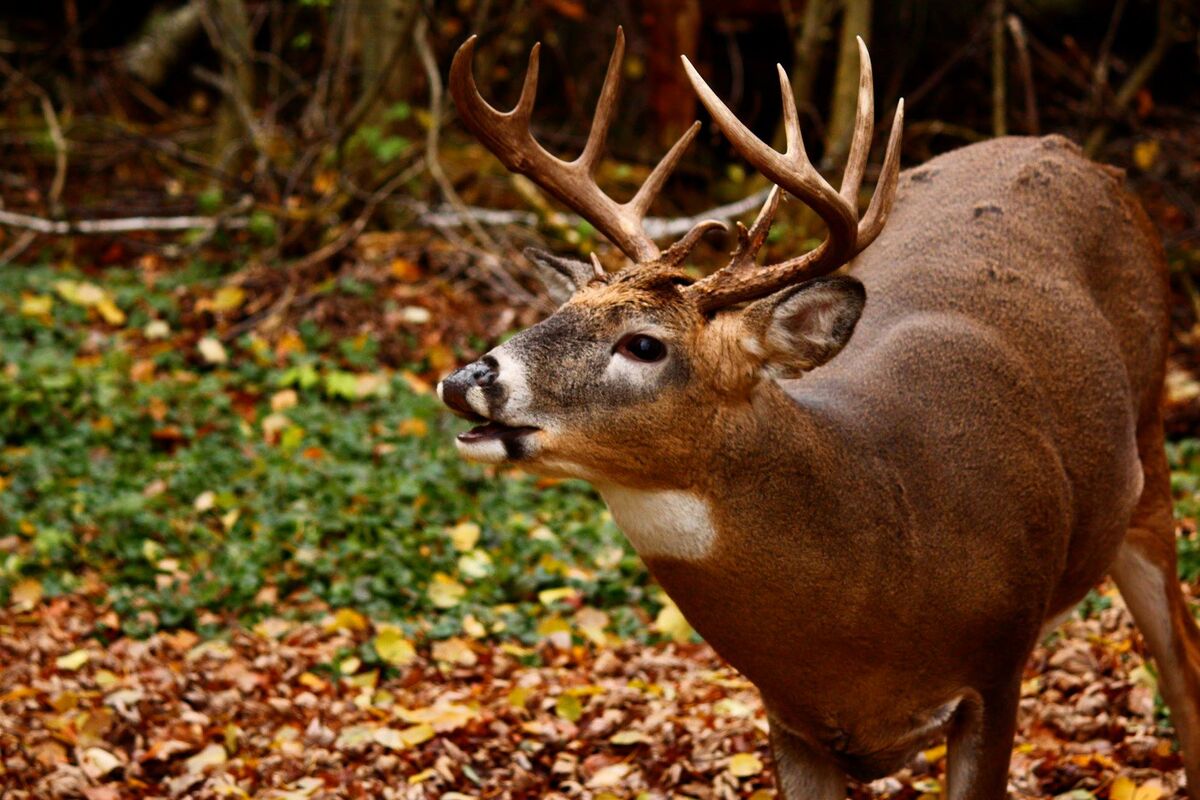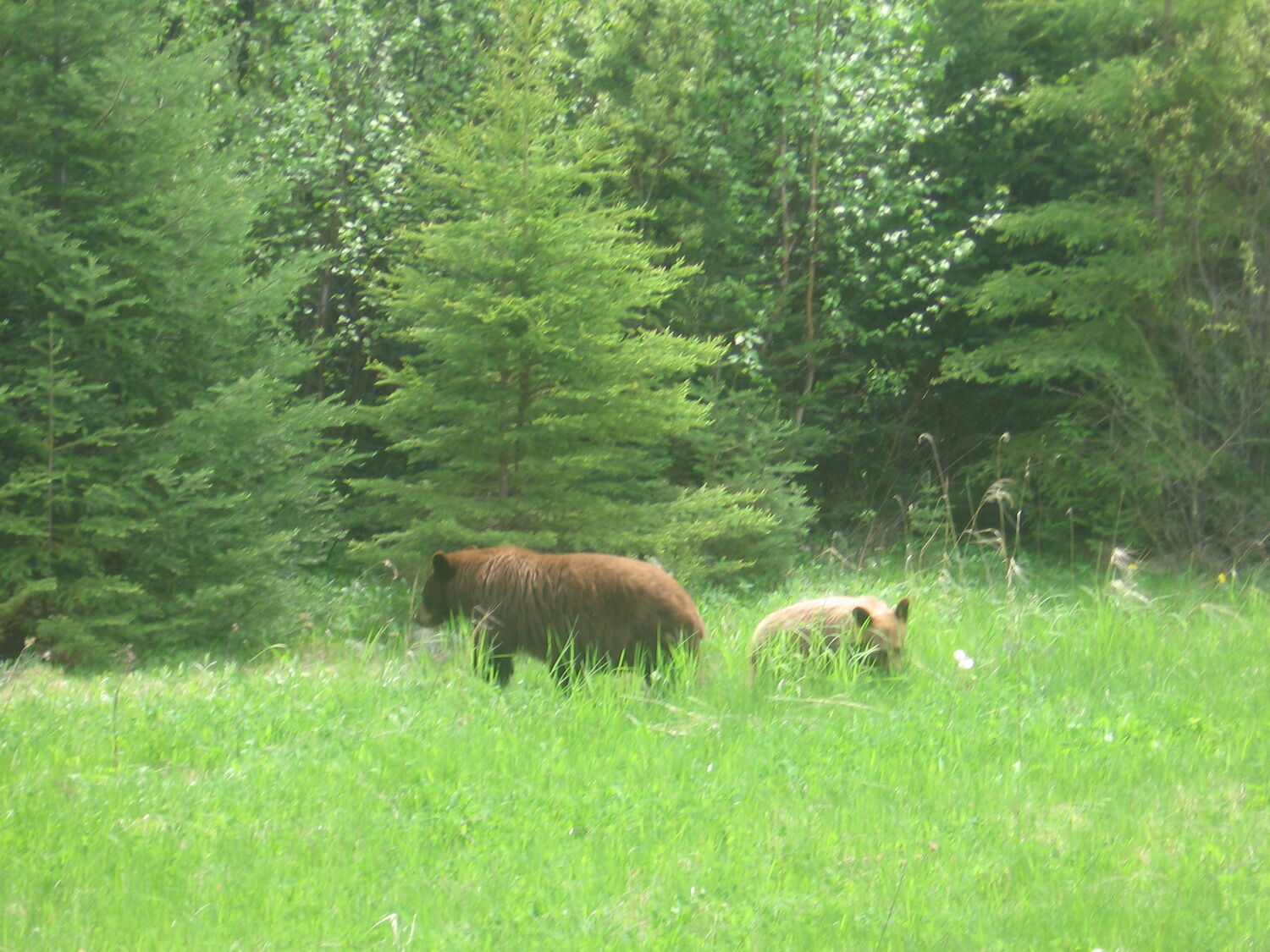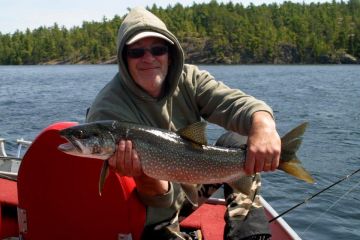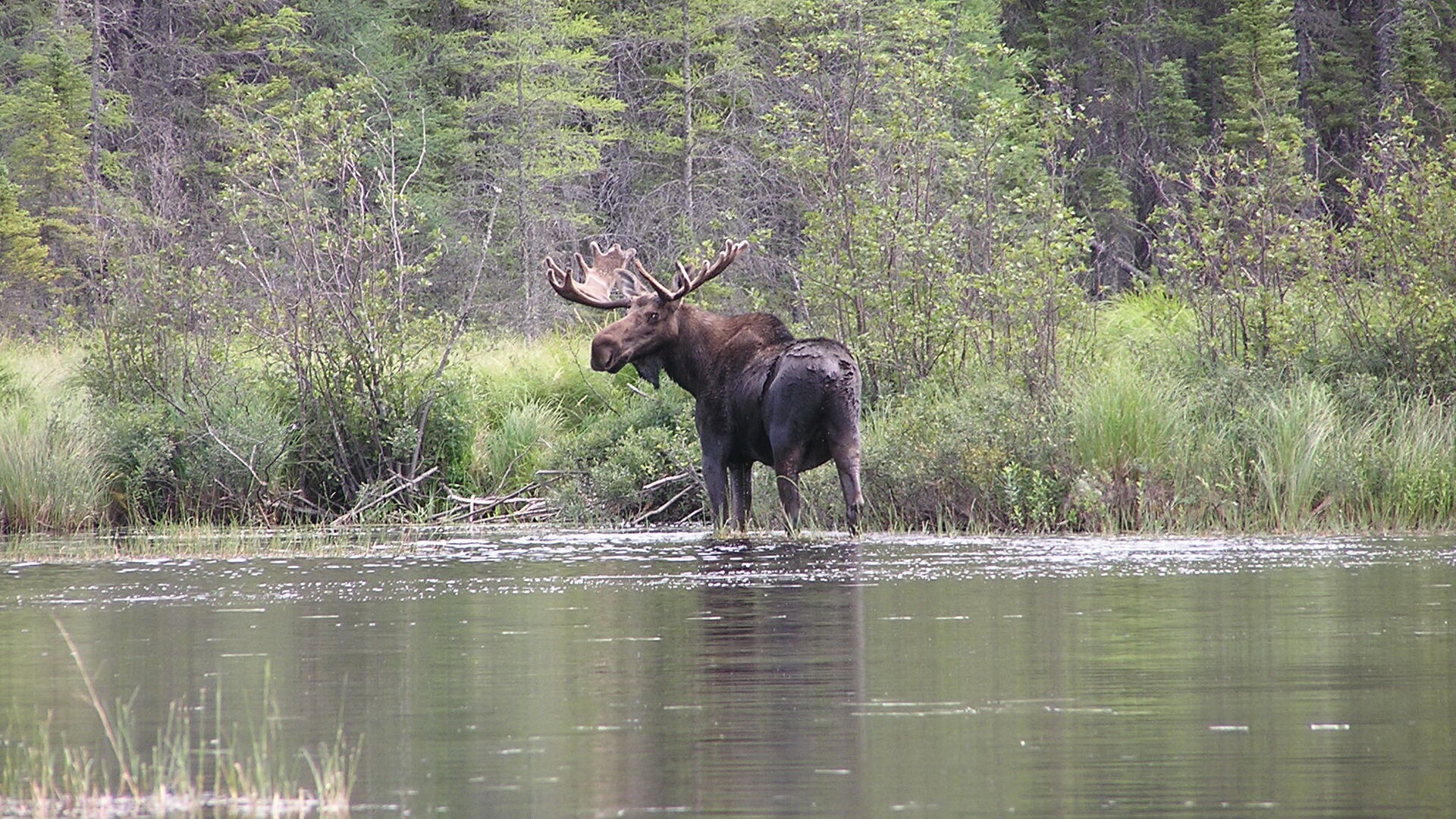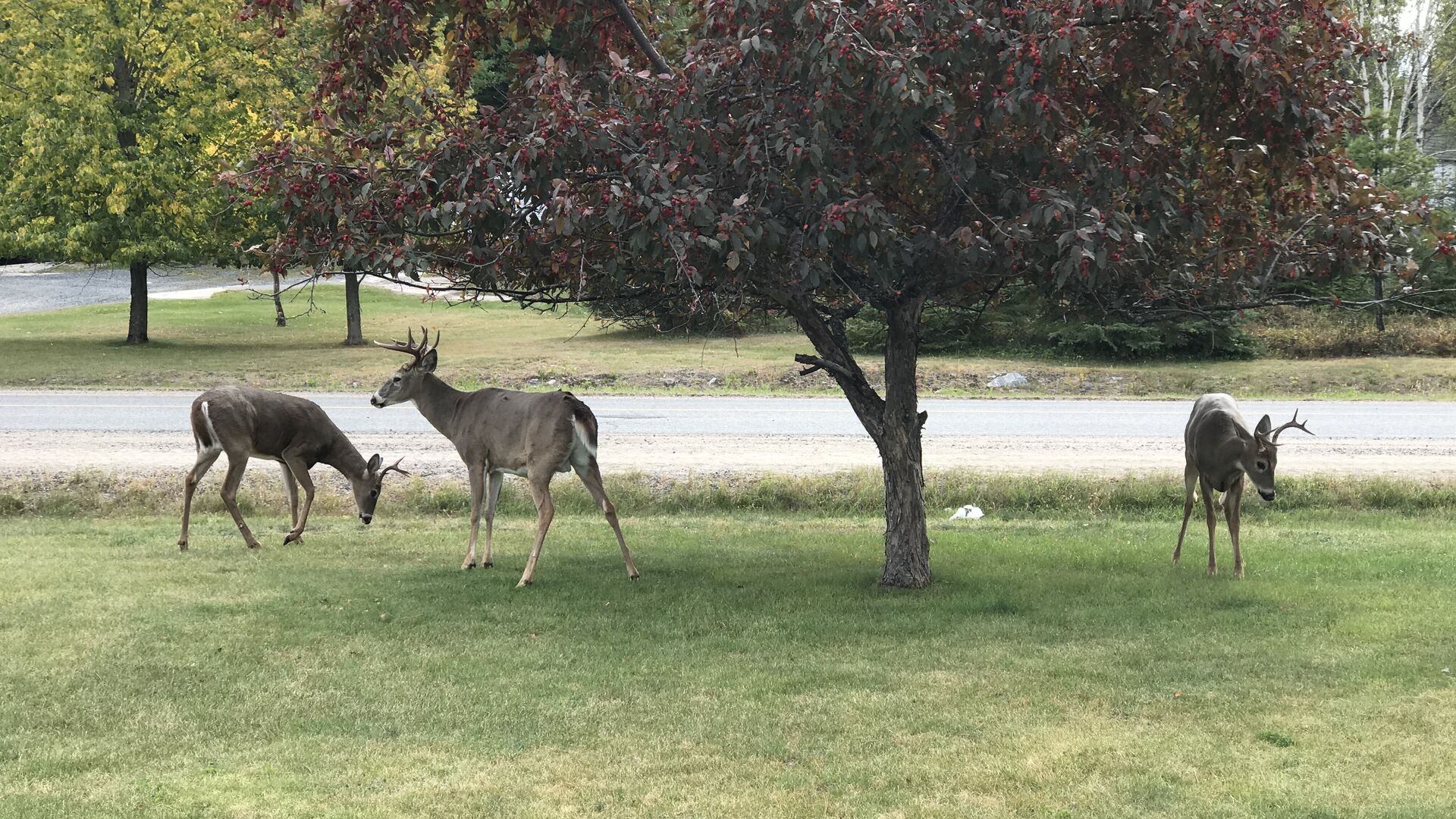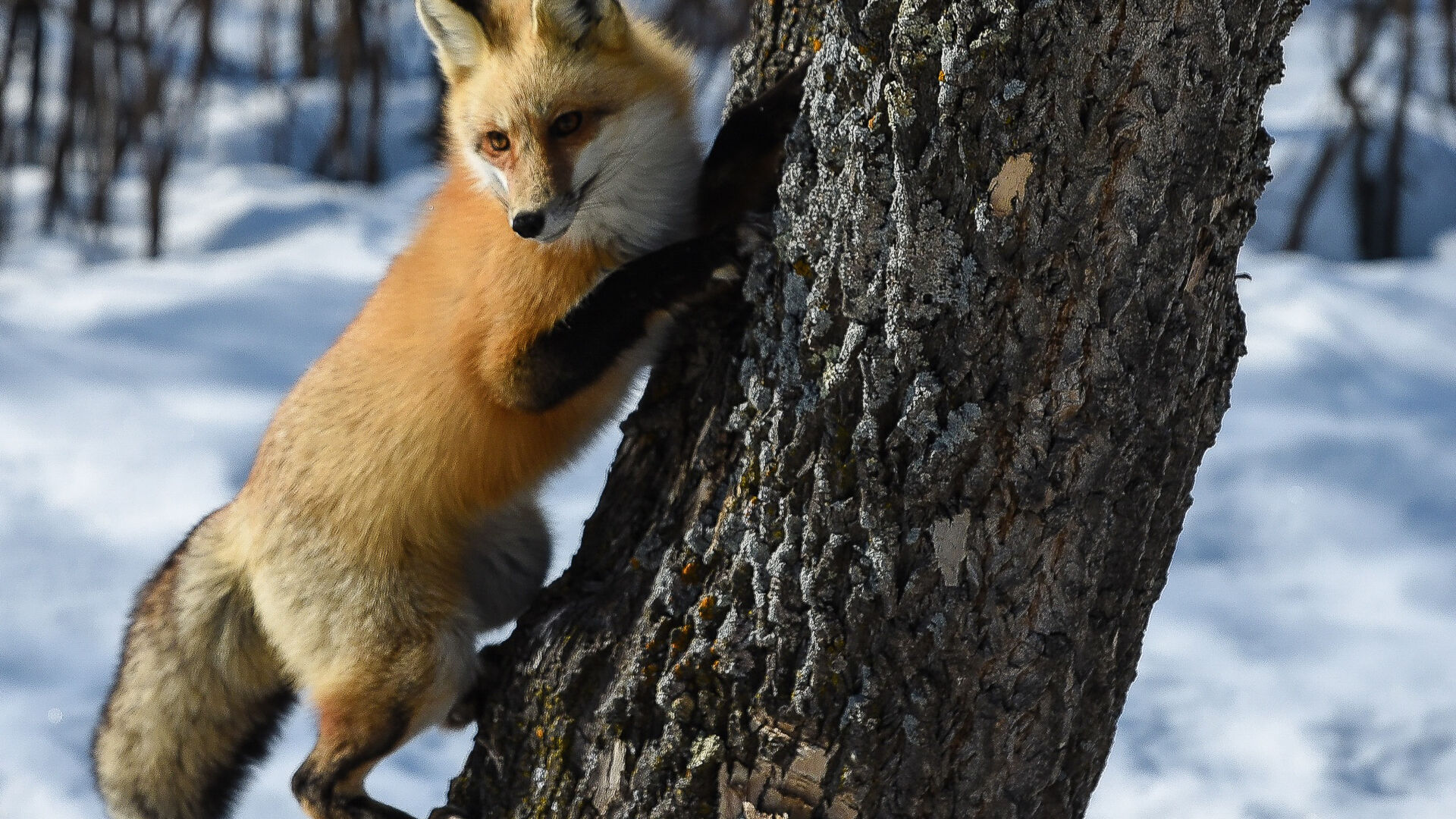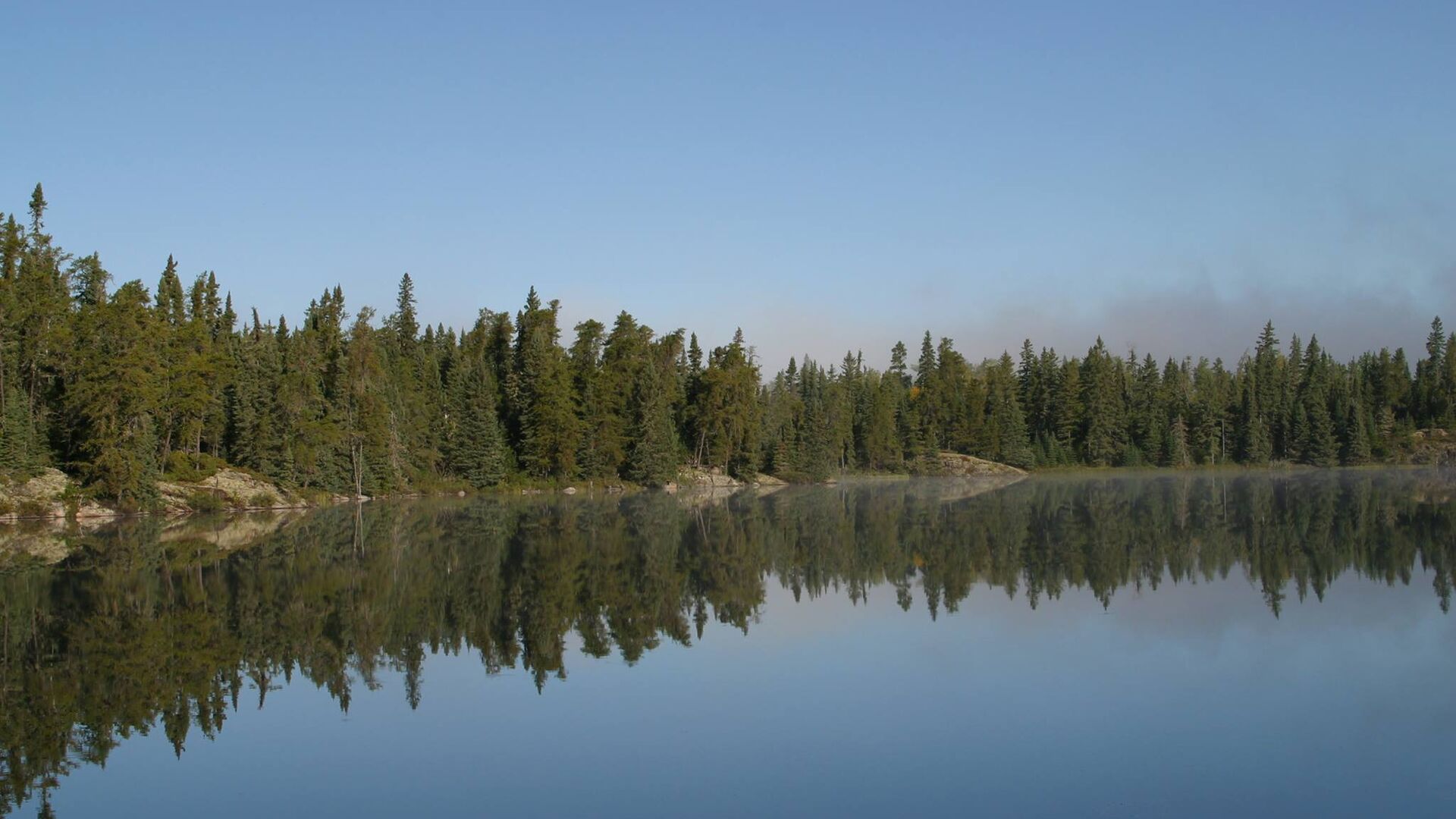Moose: The Canadian moose (Alces americanus) is an iconic symbol of the Boreal and easily the largest of any mammal up here. They range across most of Sunset Country but are much more concentrated in the northern half of the region. Moose are preyed on by wolves while calves are targeted by both wolves and bears. Because of their large size, moose require a lot of food and therefore, must roam far and wide to find it. Their extremely long legs are adaptations for walking through the deep snows and for escaping predators. Moose can run fast when they want to. If you're lucky, you may see one off the side of the road or along the shoreline while fishing. Keep a safe distance and never antagonize or stress the animal by chasing it in a boat.
Size: Moose can range in size an average weight of between 700-800 pounds. Large bulls tip the scales close to or even over 1,000 pounds.
Diet: Moose eat on average around 70 pounds of food per day and their diet consists of a mix of aquatic plants, young tree shoots and other, non-grass vegetation.
Range: Can be found across Sunset Country but are in higher concentrations in the northern half of the region.
Whitetail Deer: Our most plentiful large mammal is whitetail deer (Odocoileus virginianus) and they are distributed across most of Sunset Country except in the farther northern regions. Towns and cities here have resident populations of whitetail deer - some cities like Kenora - have hundreds of "urban" whitetails that live within the city boundaries their entire lives. Deer are herbivores and eat just about any vegetation they find palatable. Those that live in the cities and towns also gladly accept handouts but feeding them is not recommended.
Size: Whitetails can vary in size by a lot and in our region, they are on average larger than those in more southern climates which is primarily an adaptation to the cold. Does usually weigh between 150-175 pounds with the giant bucks tipping the scales at over 300.
Diet: Deer are herbivores and can eat up to 2,000 pounds of vegetation annually. They have specialized stomachs allowing them to digest certain types of food depending on the time of year and what is available. Shoots, flowers, forbs and near people, fruit, hay and corn are staples.
Range: Whitetail deer are a very common sight across the populated areas of Sunset Country especially in the southern half of the region. If you visit, you will definitely see a lot of deer on your trip.
Black Bear: Another fairly common sight for tourists to Sunset Country are black bears (Ursus americanus). It is estimated Ontario has a population of around 150,000 bears of which half that population likely resides in the northwestern part of the Province. Black bears are powerful animals but largely survive on a vegetarian diet although they will eat almost anything. Never approach or try to feed these creatures as it could end up badly for you, especially if a sow thinks you are a danger to her cubs. There are several colour phases of black bears including the common black colour, they can be brown, cinnamon or even a blonde colour although that is quite rare. Some black bears have white spots, almost always located in their chest areas.
Size: Like deer, black bears vary in size with some large male boars weighing over 500 pounds! The average size though for a male is around 300-350 pounds and for sows, between 150 and 250 pounds although some mature sows weigh over 300.
Diet: Bears are omnivores meaning they eat a variety of food types including berries, grasses, roots, insects and meat. Since they hibernate in the winter, the spring, summer and fall are dedicated to eating so they can survive the winter off stored fat reserves. Bear are significant predators of moose calves and whitetail fawns in the spring.
Range: Bears range across the Sunset Country region although the larger populations tend to be further south as there is better forage and the growing season is slightly longer. You have a reasonably good chance of seeing a bear on your trip but remember to enjoy them from a safe distance.
